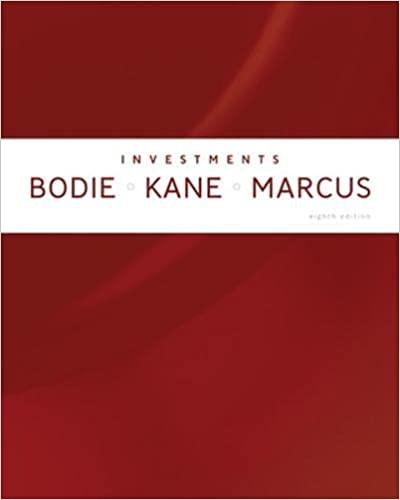8. a. Mulroney (see the previous problem) recalled from her CFA studies that the constant-growth discounted dividend
Question:
8.
a. Mulroney (see the previous problem) recalled from her CFA studies that the constant-growth discounted dividend model was one way to arrive at a valuation for a company’s common stock. She collected current dividend and stock price data for Eastover and Southampton, shown in Table 19E. Using 11% as the required rate of return (i.e., discount rate) and a projected growth rate of 8%, compute a constant-growth DDM value for Eastover’s stock and compare the computed value for Eastover to its stock price indicated in Table 19F.
b. Mulroney’s supervisor commented that a two-stage DDM may be more appropriate for companies such as Eastover and Southampton. Mulroney believes that Eastover and Southampton could grow more rapidly over the next 3 years and then settle in at a lower but sustainable rate of growth beyond 2011. Her estimates are indicated in Table 19G. Using 11% as the required rate of return, compute the two-stage DDM value of Eastover’s stock and compare that value to its stock price indicated in Table 19F.
c. Discuss advantages and disadvantages of using a constant-growth DDM. Briefly discuss how the two-stage DDM improves upon the constant-growth DDM.
Step by Step Answer:






